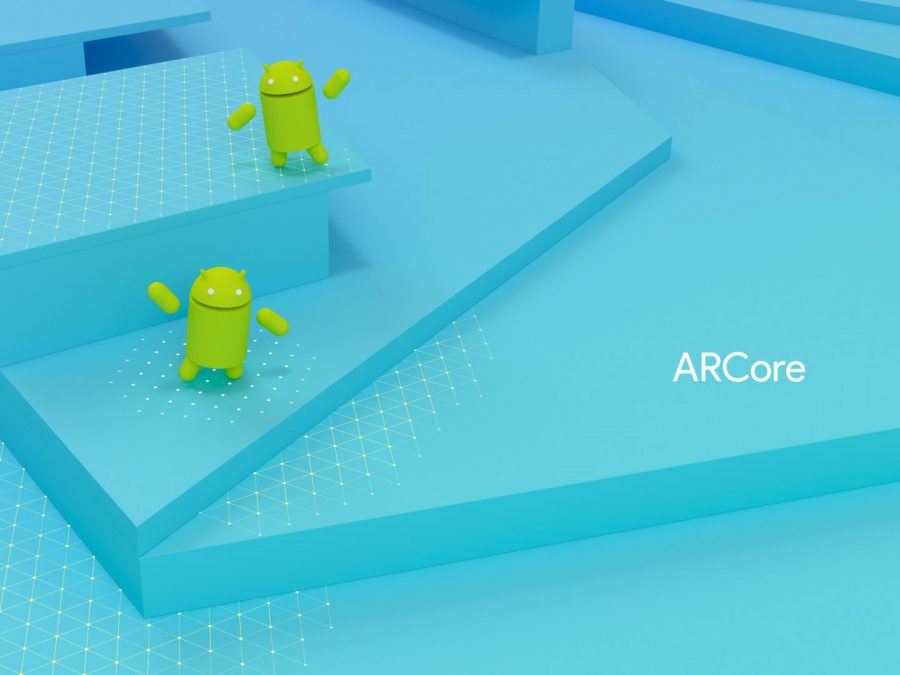Google introduced on Tuesday a preview of its latest software development kit (SDK): ARCore. The new platform will let creators build augmented reality applications and experiences for Android devices, phasing out the hardware-based Project Tango and competing with Apple’s ARKit.
The announcement marks a significant step forward toward mobile AR adoption, as it will reach roughly 100 million Android devices once it launches officially. Nevertheless, it will suffer the same setbacks most users complain about, namely a lack of update support that drastically reduces its audience reach.
Apple, once again, is Google’s biggest rival and it arrived first to the game with a platform of their own: ARKit. The upcoming iOS 11 will bring with it applications developed using the new kit, and they will represent a significant head start to ARCore and whatever projects are built on it.
What is ARCore and what can it do?
ARCore is the name of Google’s new SDK for Android. It will open new possibilities for applications based on the technology, effectively launching hundreds of millions of devices into the next era of digital mobile utilities.
The teams behind the new framework include Android and the VR group within the tech giant, who is responsible for the development of Daydream VR, some of its apps and its dedicated headset.
Working with Java, OpenGL, Unreal, and Unity, ARCore has three pillars upon which it creates augmented experiences in your smartphone: motion tracking, environmental understanding, and light estimation.
By means of your phone’s camera (no additional hardware), ARCore knows where it stands as the device moves and can accurately place objects in space and keep them pinned down. Similarly, this works to locate virtual items in real surfaces regardless of their level in relation to one another.
A novel addition by Google is that it focuses more on the realism of it all by making virtual objects consistent with the lighting of the room. Other platforms have not implemented this feature quite yet, which makes an important difference in the resulting experience.
How is ARCore different from Tango and why is it replacing it?
Essentially, the difference between the two is that Google Tango was an inherently hardware-based project while ARCore is evolving to launch as an open software platform. That is, no extra sensors or exclusive devices needed to use augmented reality apps.
Tango dropped the Project moniker a year ago upon the release of the first-ever phone shipping with its platform as an OS: the Lenovo Phab Pro 2. The phablet was an important milestone for mobile AR, and it was followed by the ASUS Zenfone AR this year.
Both devices were impressive at their specialty but suffered from significant hiccups in other aspects, which led them to never reach their full potential. Google didn’t really hype them up either, possibly knowing ARCore was coming at full steam sooner rather than later.
Google Tango could also truly sense depth, but that ability was never exploited as it should and the possibilities that ARCore brings are enough for the vast majority of consumers. Clay Bavor, Google’s head of AR and VR, confirmed that Tango had fulfilled its purpose and that the new platform was the future.
As with both Tango and Daydream, however, device compatibility will be limited compared to the existing base of Android users (more than 1 billion). Google’s Pixel, Pixel XL, and Samsung’s Galaxy S8 are fit to run ARCore apps, and next-gen devices should too upon launch of the SDK next year, presumably.
Source: Google



